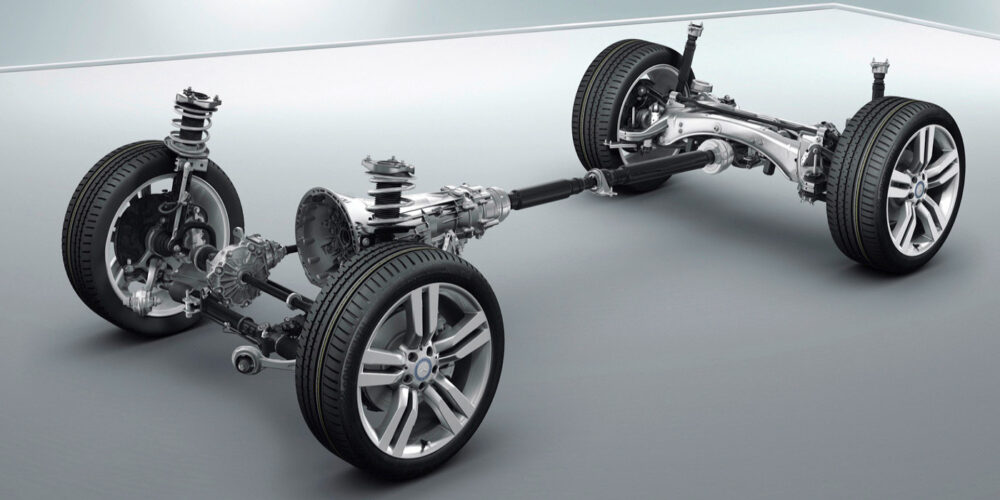Automatic transmissions are a mystery to most motorists. They may know the transmission requires some kind of fluid, but have probably never checked the level or even looked for the dipstick unless they drive an older vehicle with a leaker.
When internal problems cause the transmission to act up, it takes a fair amount of expertise and experience to diagnose the fault. If the problem is not low fluid, a faulty solenoid, valve body or controller, the transmission usually has to come out for a tear down and inspection. This can be a time-consuming process, so many shops simply replace the transmission when there’s a major internal problem rather than trying to repair or rebuild it themselves.
Rebuilding automatic transmissions is an exact science that requires familiarity with the unit being rebuilt as well as the correct parts, tools and specifications. If you don’t get it right the first time, you’ll certainly get the opportunity to do it over again. The shop can make more money replacing transmissions with a reman transmission sourced from an outside remanufacturer than rebuilding the units themselves. A typical FWD transmission job today can easily run $1,500 to $2,000, and the lion’s share of that is labor.
FLUID LEVEL & LEAKS
One of the most common complaints with automatics is fluid leaks. Fluid can leak out of the driveshaft seals, the input shaft seal, the transmission pan gasket, the torque converter or the ATF cooler and line connections. If the fluid level gets low, the transmission may be slow to engage when it is shifted into drive. Gear shifts may be sloppy or delayed, or the transmission may slip between shifts. If the fluid level is really low, the transmission may cause the vehicle to not go at all.
TRANSMISSION FAULT CODES
If a vehicle’s Check Engine light is on, it means the computer has detected a fault and has set a diagnostic trouble code. There’s no way to know if it’s an engine code, transmission code or body code, so you’ll have to plug a scan tool or code reader into the diagnostic connector to extract the code.
If your scan tool or code reader is capable of reading transmission codes (some are not or require extra software) and you find a transmission code, what happens next depends on the code. If the code indicates an internal performance problem, the transmission will probably need the attention of a specialist. But if the code indicates an electrical fault, you may be able to fix the problem without having to refer the job to a specialist.
Electrical fault codes are set when the transmission controller or PCM detects an open or a short in a shift solenoid or other device. Performance codes are set when the computer sends out a command, such as a 2-3 shift, but the transmission doesn’t respond properly.
With electrical codes, you can use a DVOM to test a solenoid’s resistance. If the solenoid is open, shorted or out of specifications, it needs to be replaced. Performance codes, on the other hand, require further diagnosis and can themselves be caused by electrical faults in sensors.
Electronic transmissions use speed sensors to monitor shifts and what’s going on inside the transmission. When things don’t match up properly, a “ratio error” fault code may be set indicating something is wrong with the way the transmission is shifting gears. The only way to isolate these kinds of faults is to follow the diagnostic charts for the particular code(s). Ratio error codes often turn out to be caused by a fault in a shaft rpm sensor. Some transmission problems may require “retraining” the computer. This is also necessary if an electronic transmission or computer has been replaced.
TORQUE CONVERTER PROBLEMS
If the transmission is making noise in gear, but the noise goes away when it is shifted into neutral, the problem may be worn needle bearings in the torque converter. Needle bearings are used inside the torque converter to separate the stator from the impeller, the stator from the turbine, and the turbine from the converter housing.
Torque converters contain a one-way clutch. If the clutch jams and locks the stator, the converter can’t circulate the fluid properly between the impeller and turbine. The resulting turbulence inside the unit can cause a lack of power at highway speeds and may cause the engine to overheat during cruise conditions. A locked one-way clutch will also cause the fluid to run dangerously hot, which can damage the transmission and lead to transmission failure. If the one-way clutch fails to hold its position and freewheels in both directions, the torque converter can’t multiply torque normally and the vehicle will accelerate slowly (like starting out in 2nd gear). The only cure for either condition is to replace the torque converter.













